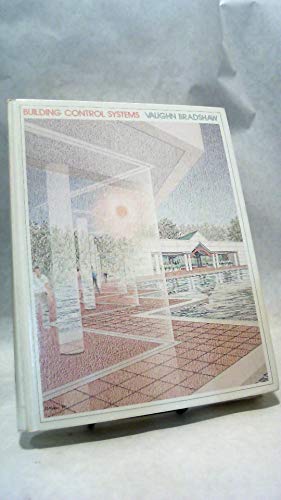An introductory non-technical text for four-year architecture students of environmental control systems. Designed as an alternative to other, more `heavy-handed' texts, Building is more concise, less engineering-oriented, and more relevant to basic concepts in the architectural design process and what an architect needs to understand in order to communicate and coordinate with consultants in many disciplines. Topics covered include the theoretical bases for thermal control, active and passive systems to control the thermal environment, electrical systems, plumbing systems, fire protection, noise control, and methods for making design decisions.
Architects were once charged with designing entire buildings, including the HVAC, lighting and power systems. But with the advent of more complex technologies, engineers and other specialists became responsible for these systems, with architects assuming expanded roles as team managers. The latest edition of Building Control Systems provides architecture students with the larger picture without overwhelming them with details. In emphasizing a conceptual understanding of the functions of various systems and how they interact with building components, the book provides the exact information that tomorrow’s architects will need to effectively communicate and coordinate with consultants in all of the many building disciplines. This revised Second Edition covers the theoretical bases for thermal control...the systems used to control the thermal environment within buildings...various electrical systems, including power and lighting...such building control topics as plumbing services and fire protection...and economics-based design decision making. Building Control Systems, Second Edition provides coverage of:
- New building designs that minimize our dependence on nonrenewable fuels and use only a "fair share" of renewable fuels with important steps toward cutting costs and preserving precious resources
- Such pressing environmental concerns as indoor air quality, "sick building syndrome," noise pollution, global warming, and depletion of the ozone layer and the impact on building design
- New technologies, including new passive thermal control systems designed to minimize energy consumption
- The latest building codes for architects and specialists on the design team
Thoroughly up to date, this book provides architecture students with theoretical information they must have as they assume the dual roles of designer and manager. This guide will also prove to be a useful on-the-job tool for architects, designers, builders, developers, contractors, beginning HVAC designers, and building managers.
